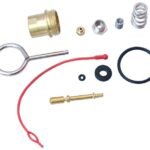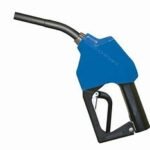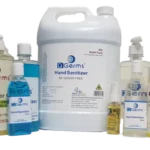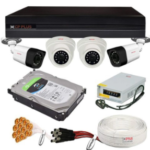Ensuring Quality and Quantity: Tips for Testing Petrol at the Pump
In the hustle and bustle of daily life, filling up your vehicle with petrol is often a routine task that we undertake without much thought. However, ensuring that you receive the right quality and quantity of petrol is crucial for both your vehicle’s performance and your wallet. With reports of adulterated fuel and inaccurate measurements at petrol pumps, it’s essential to be vigilant. Here are some tips to help you test the quality and quantity of petrol at the pump:
- Choose Reputable Stations: Start by selecting well-known petrol stations with a reputation for quality service. Established brands often have strict quality control measures in place, reducing the risk of adulteration.
- Check for Certification: Look for certifications displayed at the petrol pump indicating compliance with industry standards. Certifications such as ISO 9001 or national quality assurance marks provide reassurance regarding the station’s commitment to quality.
- Inspect the Pump: Before dispensing petrol, inspect the pump for any signs of tampering or malfunction. Ensure that the display screen is working correctly and shows zero before the transaction begins.
- Verify Calibration: Calibration ensures accurate measurement of petrol dispensed. Check if the pump’s calibration certificate is up-to-date and displayed prominently. If in doubt, request the station attendant to verify calibration before filling up your tank.
- Observe the Dispensing Process: Pay close attention to the dispensing process. Ensure that the nozzle is properly inserted into your vehicle’s fuel tank to prevent spillage and wastage. Monitor the meter readings throughout the filling process to ensure consistency.
- Test for Water Contamination: Water contamination in petrol can adversely affect your vehicle’s performance. To test for water presence, use a water-finding paste available at automotive stores. Apply a small amount of paste to a dipstick and insert it into the fuel tank. If the paste changes color, indicating the presence of water, refrain from filling up at that pump.
- Check for Sediment: Sediment in petrol can clog fuel filters and injectors, leading to engine problems. Before filling up, visually inspect the petrol in the pump’s reservoir for any signs of sediment or debris. If present, it’s best to avoid that pump altogether.
- Monitor Vehicle Performance: After filling up your tank, monitor your vehicle’s performance. Signs of engine knocking, reduced fuel efficiency, or unusual noises may indicate poor-quality petrol. If you notice any such symptoms, consider switching to a different petrol station for your next refill.
- Report Suspected Issues: If you encounter any suspected irregularities or discrepancies in petrol quality or quantity, report them to the relevant authorities. Most countries have consumer protection agencies or regulatory bodies responsible for monitoring petrol stations’ compliance with standards.
- Stay Informed: Stay updated on news and developments related to petrol quality and pump integrity. Awareness of common scams and fraudulent practices empowers you to make informed decisions and protect yourself from potential scams.
In conclusion, ensuring the quality and quantity of petrol at the pump requires vigilance and proactive measures. By following these tips and staying informed, you can safeguard your vehicle’s performance and avoid falling victim to fraudulent practices. Remember, a little caution goes a long way in maintaining your vehicle’s health and your peace of mind.










